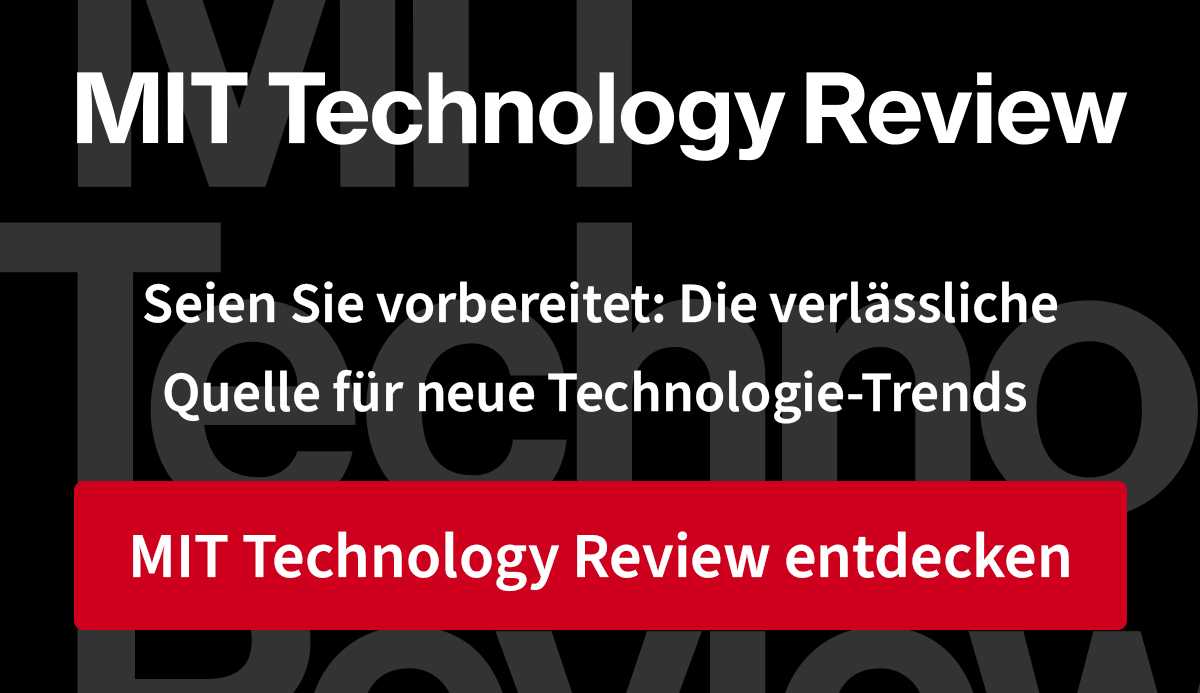Companies around the world are now using kitchen robots to do what robots do best: produce quickly and cheaply. Opened in 2018 in San Francisco Creator with a fully automated burger machine. The Flippy robots from Miso Robotics have also been in use in fast-service restaurants of the White Castle burger chain since 2020. Now German start-ups want to get involved in this field, too, reports MIT Technology Review in its current issue. But is that more than a technical gimmick? And do robot restaurants really have a future?
For Vick Manuel, co-founder and CEO of DaVinci Kitchen from Leipzig, the answer is absolutely clear: Yes, for economic reasons. Robots work around the clock, don’t get sick and don’t fight for wage increases. On the contrary, they are becoming cheaper. “A robot arm like this now costs around 25,000 euros,” says Manuel. “That is the most expensive individual element of our kiosk. If these arms become even cheaper – and you will – we can reduce the price for the system to around 60,000 euros.” With around 150 meals a day for just under seven euros, this would mean a turnover of 30,000 euros. After deducting all costs, around 10,000 per month remained. “Then the machine will pay for itself after six months,” says Manuel. “And we expect the system to run for five years”.

Dare to make the digital breakthrough – that should be the credo of the new government. In the new TR edition there are tips on how this can be achieved. You can read this and more in the new issue, which will be available from December 23. is in the trade and from the 22.12. can be conveniently ordered in the heise shop. Highlights from the magazine:
How the robot arm prepares the pasta
At least at the beginning, part of the attraction should also be to watch the machine work. The robot arm grabs a metallic sieve and moves it under the output shaft of the integrated pasta machine. Then he lowers the basket with the pasta in boiling water, grabs a plastic bottle and puts olive oil into one of the three pots, which immediately afterwards begins to rotate. While the oil is getting hot, the robot takes the pasta out of the water, lets it drain, and in the meantime fetches vegetables from a dispenser on the back, which are briefly seared. Then add the pasta, sauce, topping – and off to the serving flap. The start-up has been running a showroom in Leipzig’s Neumarkt since mid-November, where it lets its machine cook.
But is something like that really still cooking? Yes, says Julian Stoss from the Berlin start-up Aitme. However, Shock prefers to call what his robot does “deterministic cooking”. “In the end,” he says, “cooking can be described in parametric language: take material A, move it to B and heat it up for C seconds. That’s all.”
In contrast to DaVinci’s kiosk, the prototype of Aitme’s cooking robot works with two robot arms. The robots move the pots to the correct food magazines, where they are filled, and then back to the stove. The left arm is responsible for the cooking ingredients, the right for the sauces, toppings and serving. “Of course we could have solved that with something like conveyor belts,” says Stoss. “But we would have had to rebuild it every time we changed the process. Robotic arms are simply much more flexible.”

100 dishes per hour
The second big difference between companies is the target audience. While DaVinci Kitchen targets the end customer directly, Aitme targets the business area. “Many canteens are planned to bypass the need,” says Stoss. Small and medium-sized businesses in particular could offer a maximum of three different meals a day, and that often doesn’t really pay off. Now in Corona times, the problem has worsened again.
Aitme sees this as his chance. The company offers its fully automatic robot cell as an all-round service for rent and leasing: the machine needs eight square meters of space, water and electricity. The entire interior of the system is cooled. The food in the system stays fresh for up to three days. One filling is enough for 300 meals – at peak times it can serve 100 dishes an hour. Even cleaning runs automatically. The machine should cost the company around 2500 euros per month – Aitme wants to make a profit on the food sold: A dish is available from 4.50 euros, with companies in canteens often subsidizing the individual meals.

The first series production system has already gone into operation at Merantix. The “AI Company Builder” has a campus for start-ups in Berlin. “More customers,” says Stoss, “are in the pipeline”. The machine should have been in operation long ago, but the omnipresent delivery bottlenecks have delayed the project.
You can read more about this in the new issue 01/2022 of MIT Technology Review (can be ordered in well-stocked newsagents from December 23rd and in the heise shop from December 22nd).
(jle)

